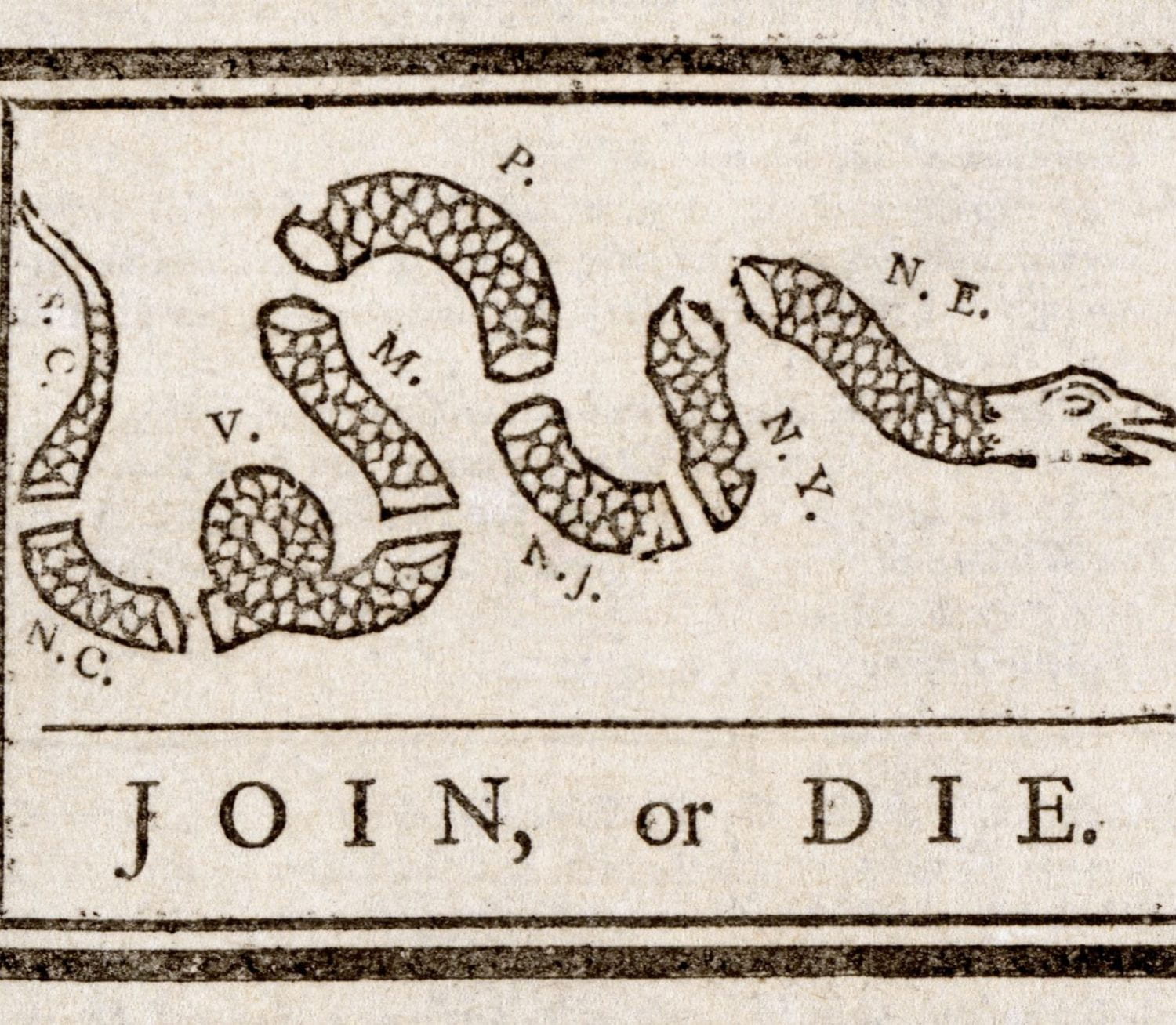by Victoria Christie
For this post, what we dud with the first one, I wanted to focus on South Carolina. I’m very interested in slavery, so I looked around for exhibits that explored how it impacted people in the South. What I found was an old journal, that explored how one of the antebellum slave plantations worked.
The journal itself is in horrible shape. I could not read it for the life of me. The paper, which looks like it’s made from material older than the printing press, is coming apart at every side. There is not a clear picture of what it’s addressing. However, I do see some names and numbers, which I assume are the slaves. A huge piece of the manuscript is torn out. The handwriting looks like old-timing cursive, which helps give it at least somewhat of a formal appearance. The writing, for better clarity, is broken up into tables, with each one dedicated to one slave. It almost looks like an old-timey clipboard.
Because the manuscript is so used, it tells me how important slavery, keeping track of the slaves, and how to run a plantation was to a slave owner. Since slavery was such a huge deal in the antebellum period, people needed to find a way to make sure everything stayed organized. This particular piece was written in 1810. It goes on and on. This leads me to believe that the 1810s were the highlights of this particular plantation, where they had the most slaves and the most jobs for them to handle. It did not matter whether they were men or women (there are equal female names and male names in the lists).
This manuscript got me thinking about how slaves were treated in this day of age, especially women. Every slave was assigned a job. There are lots of jobs on display in the piece that are watered out, so I am not able to share some of them. However, what I do know is that none of the jobs were easy. Many comprised of hard labor, like the slaves who built the pyramid, and women had it even worse then men, since they could bear children. Children meant more slaves, which meant more money for the owner.
The overview of the manuscript explains that it contains not only names and jobs, but also the equipment needed for the slaves to satisfy their masters. I was not surprised by the fact that most of the piece is a response to how to grow and pick cotton, because that was so common in the Lowcountry back then. According to the manuscript, there were different stations for cotton workers, and a certain number of slaves were assigned to it. If one fell ill or died, then the owner just replaced that person with another slave. I think this document gives us an idea of how these plantations worked and what was so important to the slave owners. It will answer questions about the different tasks the slaves had to accomplish and what was needed to maintain their reputation so that they didn’t die under the influence.


